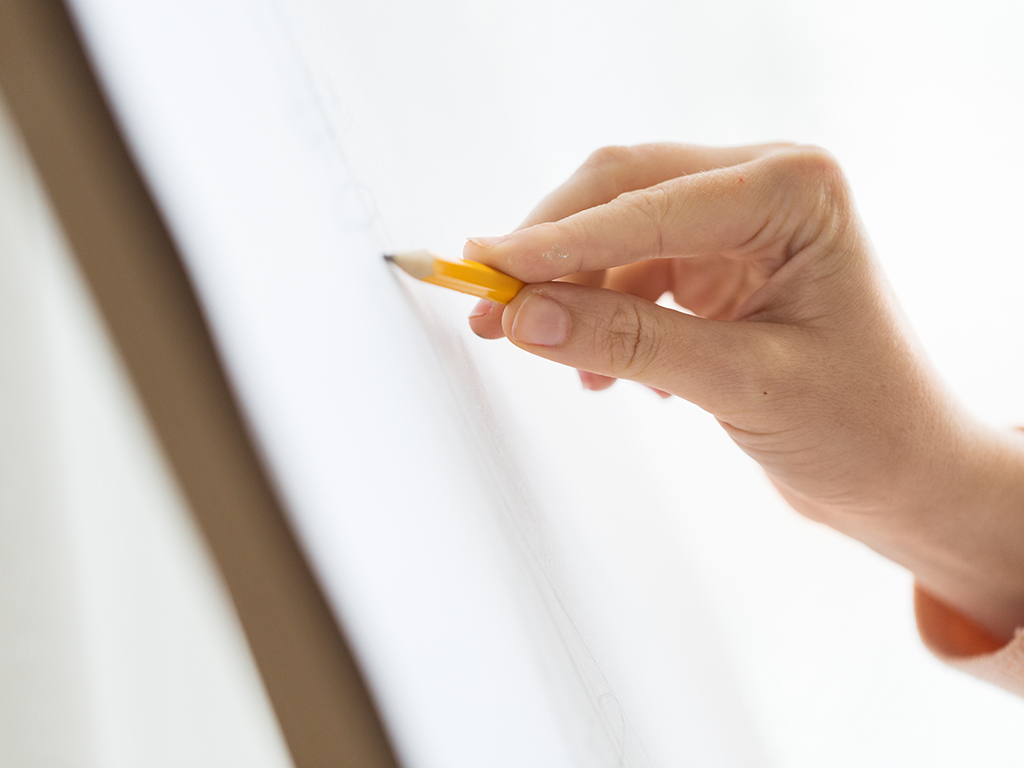
Introduction to Life Drawing
Life drawing is a fundamental practice in the world of art that involves drawing the human form from observation. It serves as a crucial tool for artists to develop their drawing skills, improve their understanding of anatomy, and express their creativity. Whether you are a beginner or an experienced artist, this guide will provide you with valuable insights into various drawing techniques and styles that can be employed during a life drawing session.
Choosing the Right Materials
Before delving into the drawing techniques, it is essential to have a basic understanding of the materials that can be used in life drawing. Pencils, charcoal, and ink are commonly used mediums, each offering unique qualities and effects. We will explore the characteristics of these materials, helping you choose the right tools for your artistic vision.
Understanding Basic Anatomy
To accurately depict the human form, it is crucial to have a solid understanding of basic human anatomy. This knowledge enables you to capture the proportions, gestures, and movements of the model. We will delve into the key elements of human anatomy that are essential for life drawing, providing you with a foundation to create realistic and compelling figures.
Gesture Drawing
Gesture drawing is a technique that focuses on capturing the overall movement and energy of the model. It allows artists to quickly and spontaneously represent the essence of the pose. We will discuss the principles behind gesture drawing, providing you with practical tips to incorporate this dynamic technique into your life drawing practice.
Contour Drawing
Contour drawing emphasizes the outlines and shapes of the subject. By carefully observing the model's figure, you can create drawings that are precise and accurate. We will explore various contour drawing techniques, enabling you to master this fundamental skill and enhance the clarity of your drawings.
Shading and Tonal Values
Shading techniques play a vital role in creating depth and volume in life drawings. We will delve into various shading techniques, including hatching, cross-hatching, and blending. By mastering these techniques, you will be able to bring dimensionality and realism to your artwork.
Proportions and Measurements
Accurate proportions are essential in life drawing. We will provide you with guidelines and tips for measuring proportions, including the use of comparative measurements. Understanding how to correctly measure and depict the human body will greatly enhance the realism and believability of your drawings.
Exploring Different Styles
Life drawing offers a platform for artistic expression, allowing you to experiment with various drawing styles. Realism, impressionism, and expressionism are just a few examples of styles that can be applied to life drawing. We will introduce you to these styles, enabling you to explore and find your own unique artistic voice.
Capturing Details
Capturing fine details in the human form can be challenging but rewarding. We will discuss techniques for accurately depicting facial features, hands, and feet, enabling you to add a level of intricacy and realism to your drawings.
Experimenting with Different Perspectives
Incorporating different perspectives and viewpoints can add intrigue and visual interest to your life drawings. We will explore techniques such as foreshortening and working from unusual angles, allowing you to push the boundaries and create compelling compositions.
Practicing Composition
Composition is vital in life drawing, as it determines how the elements within the drawing relate to each other. We will explain the importance of composition and provide practical tips for arranging the various components to create visually pleasing and engaging artworks.
Overcoming Challenges
Life drawing sessions can present unique challenges, such as maintaining focus, dealing with time constraints, and overcoming self-criticism. We will address these common hurdles and provide strategies to help you overcome them, ensuring a productive and enjoyable drawing experience.
Resources and Further Learning
To further your knowledge and skills in life drawing, we have compiled a list of recommended books, websites, and online tutorials. These resources will serve as valuable references, providing you with continued learning opportunities to nurture your artistic journey.
Life drawing is a dynamic and rewarding practice that allows artists to hone their skills and explore their creativity. By employing various drawing techniques, understanding anatomy, and experimenting with different styles and perspectives, you can elevate your life drawings to new heights. Embrace the challenges, be persistent in your practice, and never stop learning. Start your life drawing journey today and unlock your artistic potential.
